Table of contents
Biodiversity conservation is a critical aspect of UPSC's Environment and Ecology syllabus.
With the 2025 prelims approaching, staying updated on recent developments concerning threatened species and conservation efforts becomes crucial.
This article explores a few key species that have been in the news lately and understanding their significance can give you an edge in your UPSC preparation.
Neptis Philyra

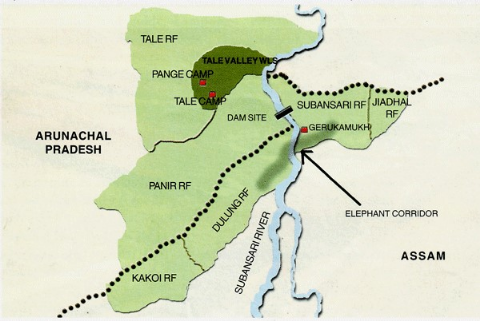
Neptis Philyra | Butterfly species discovered in India in Tale Valley Wildlife Sanctuary
WHY IMPORTANT?
This butterfly species was recently discovered for the first time in India in Tale Valley Wildlife Sanctuary.
- Also known as long-streak sailor, this butterfly species is found across various regions of east Asia.
- The markings include a “hockey stick” pattern on the forewing.
- Tale Valley Wildlife Sanctuary is located near the Apatani cultural landscape in the Lower Subansiri District of Arunachal Pradesh.
- The landscape includes subtropical and alpine flora like silver fir trees, orchids, bamboo, and rhododendron.
- Fauna includes clouded leopard, Himalayan squirrel and Himalayan Black Bear.
Nilgiri Tahr
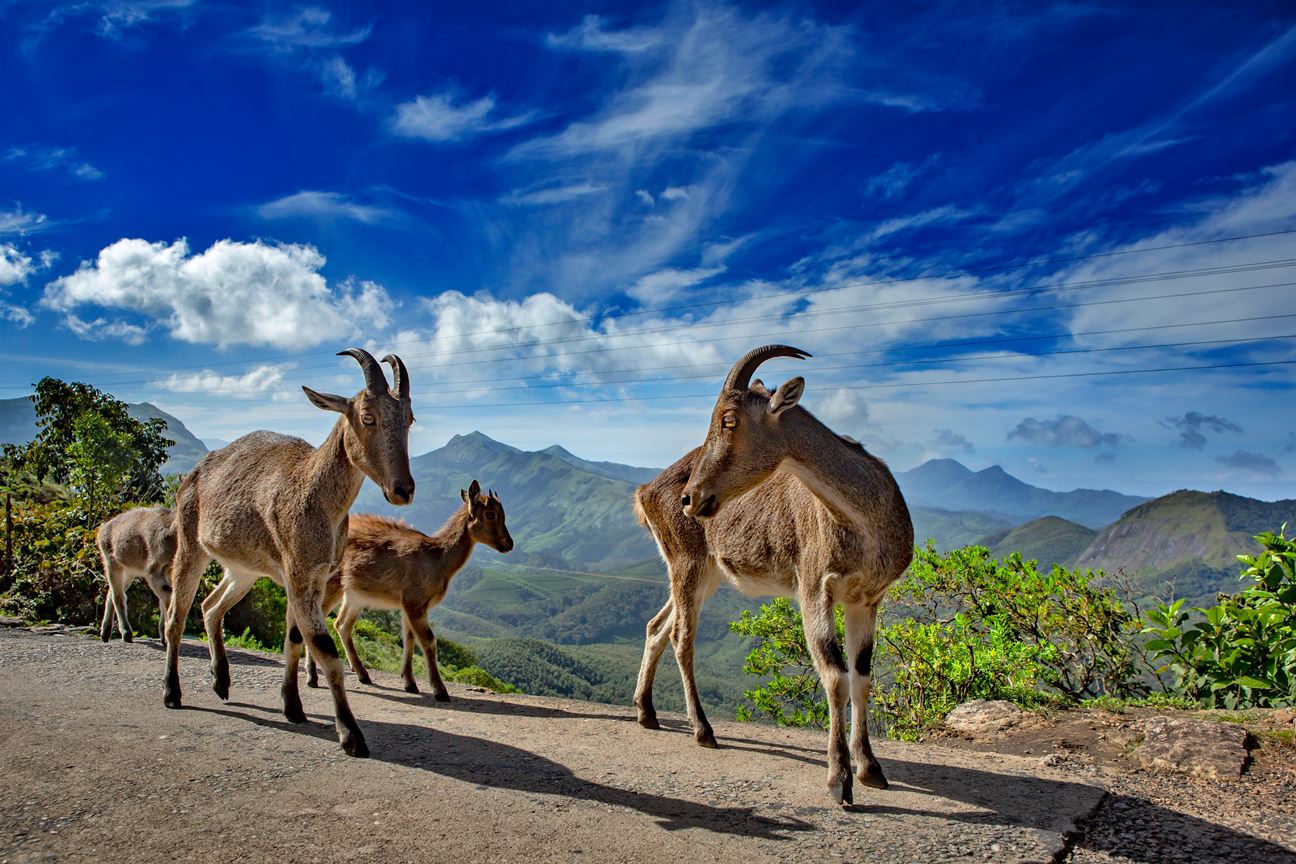
Nilgiri Tahr | Eravikulam National Park
WHY IMPORTANT?
Project Nilgiri Tahr was launched by the Tamil Nadu government.
- It is endemic to the Nilgiri Hills and Southern Western Ghats in Tamil Nadu and Kerala.
- Its habitat is in the open montane grasslands and montane rain forests of the South Western Ghats.
- Nilgiri Tahr is the state animal of Tamil Nadu.
- Eravikulam National Park has the largest population of Tahr.
Hangul (Kashmir Stag)
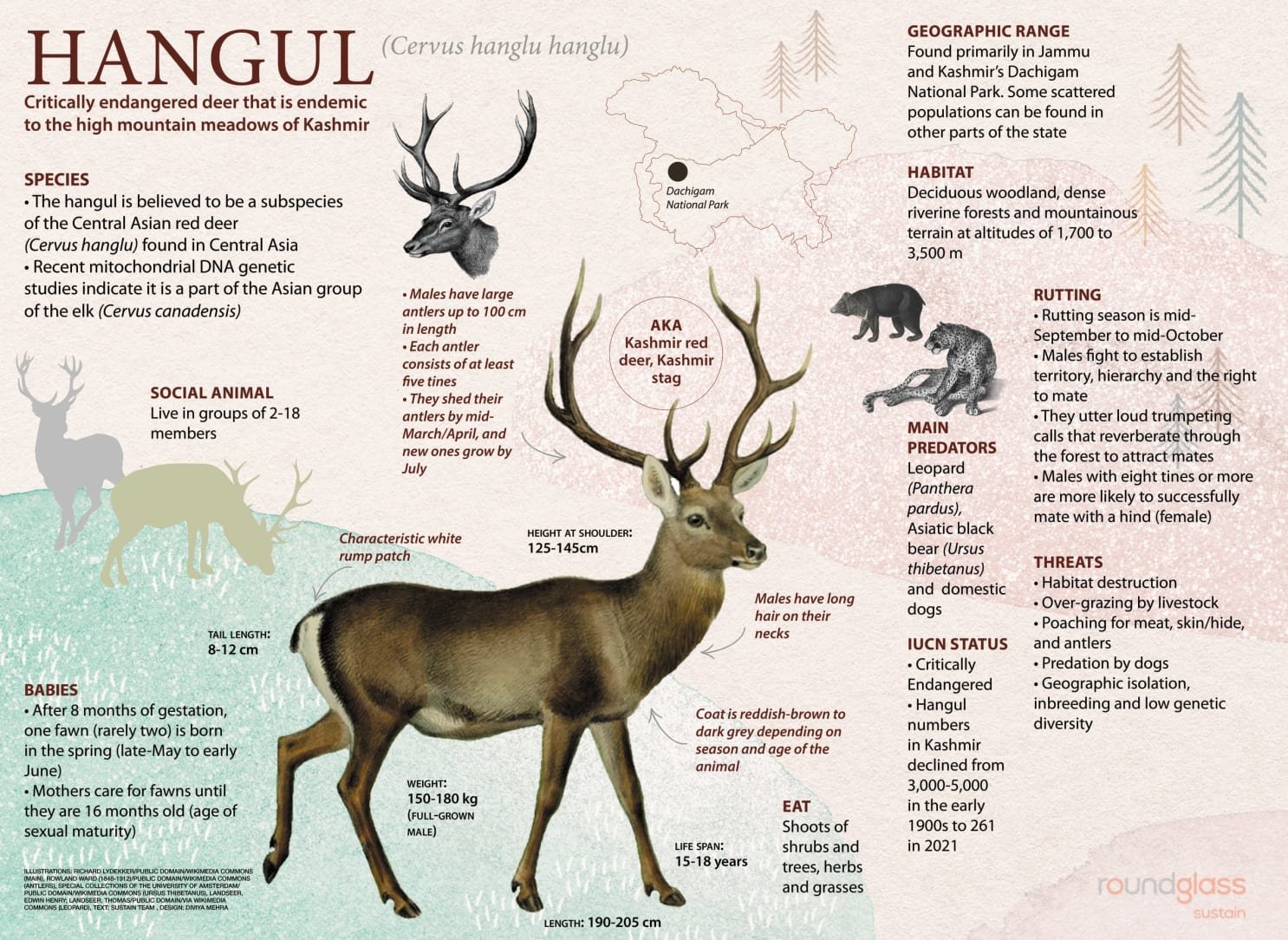

Hangul (Kashmir Stag) | Dachigam National Park
WHY IMPORTANT?
In India, it is found only in Dachigam National Park.
- Its population has gradually increased as per the recent census.
- A small population of Hangul was also seen in Overa-Aru Wildlife Sanctuary in South Kashmir.
- It is Critically Endangered as per IUCN status.
- It is the only Asiatic survivor or sub-species of the European red deer.
Hoolock Gibbon

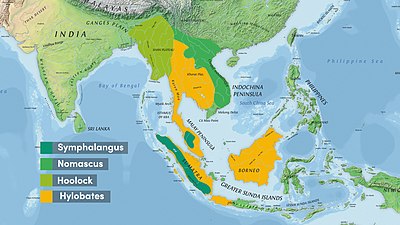
Hoolock Gibbon
WHY IMPORTANT?
It is India's only ape.
- In its inaugural meeting in Haikou (China), the Global Gibbon Network highlighted the critical situation faced by these primates.
- They are the smallest and fastest of all apes, with high intelligence and distinct personalities.
- Two hoolock gibbon species found in India's northeastern region include the eastern hoolock gibbon and the western hoolock gibbon.
- However, the Centre for Cellular and Molecular Biology debunked this distinction, revealing that there is actually only one species of gibbon in India.
- The Hollongapar Gibbon Sanctuary is their habitat, and it is located in the Jorhat district.
We can't clear UPSC for you.
But with our personalised mentor support, you'll be ready to do it yourself.
Mithun



Mithun | Food Animal | Arunachal Pradesh and Nagaland
WHY IMPORTANT?
Mithun was recognised by the FSSAI as a food animal.
- Mithun has cultural significance in the northeastern states and is considered the state animal of Arunachal Pradesh and Nagaland.
- It is also referred to as the "Cattle of the Hills".
- Recognition of Mithun as a 'food animal' will benefit farmers and tribal communities economically.
- Mithun is a Schedule I animal under the Wildlife (Protection) Act of India, which gives it legal protection.
Western Tragopan

Western Tragopan | Great Himalayan National Park
WHY IMPORTANT?
Western Tragopan is a bird seen in Himachal Pradesh which has witnessed an increase in population.
- It is being conserved at the Himachal Pradesh’s Sarahan pheasantry, the conservation breeding center.
- The bird is locally known as ‘jujurana’ or ‘king of birds’ due to its beautiful plumage and large size.
- It is endemic to the northwest Himalaya and the largest population is seen in the upper part of Great Himalayan National Park.
- It is categorized as ‘Vulnerable’ in the IUCN's red list of threatened species.
Mangrove Pitta Birds


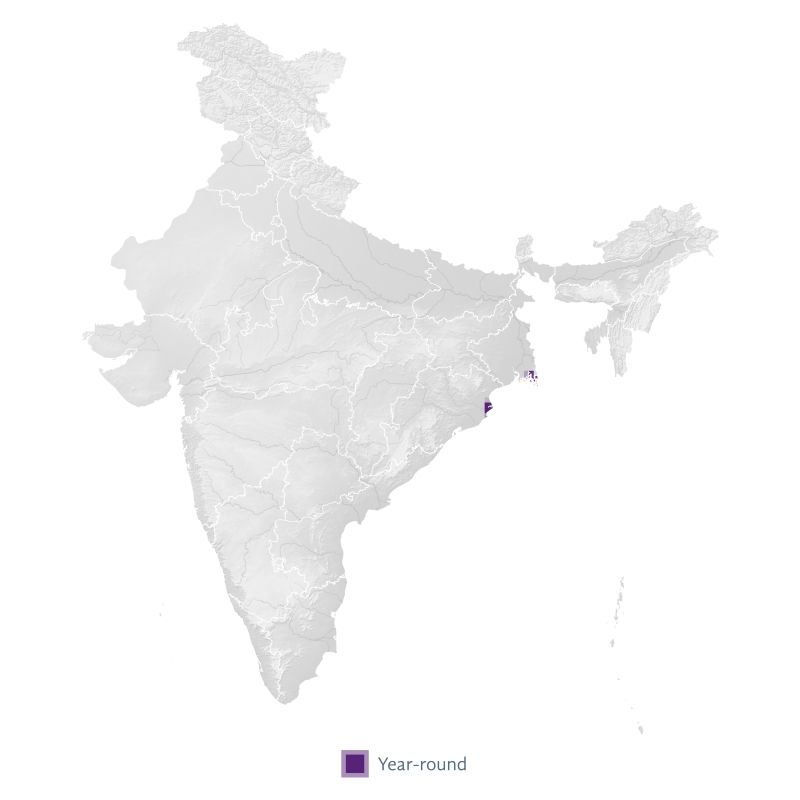
Mangrove Pitta | Bhitarkanika and Sundarbans
WHY IMPORTANT?
Mangrove Pitta Birds in Odisha had their first census.
- Their conservation status is nearly threatened and are found in Odisha’s Bhitarkanika and West Bengal’s Sundarbans.
- Their habitat includes mangrove forests, wetlands, rivers, coastal marshlands, streams, creeks and estuaries.
- Being a bio-indicator of the health of mangrove forests, they are crucial to maintaining the ecological balance of coastal areas.
- They are non-migratory resident birds.
Ghol Fish
WHY IMPORTANT?
Gujarat declared Ghol fish as the state fish at the Global Fisheries Conference India 2023.
- The Ghol fish is also known as ‘black-spotted croaker’ and ‘Sea Gold’.
- It is primarily found in the Indo-Pacific region.
- The dried air bladder of this fish is the costliest part, and it can fetch as high as Rs 25,000 a kilogram.
- Its IUCN status is Near Threatened.


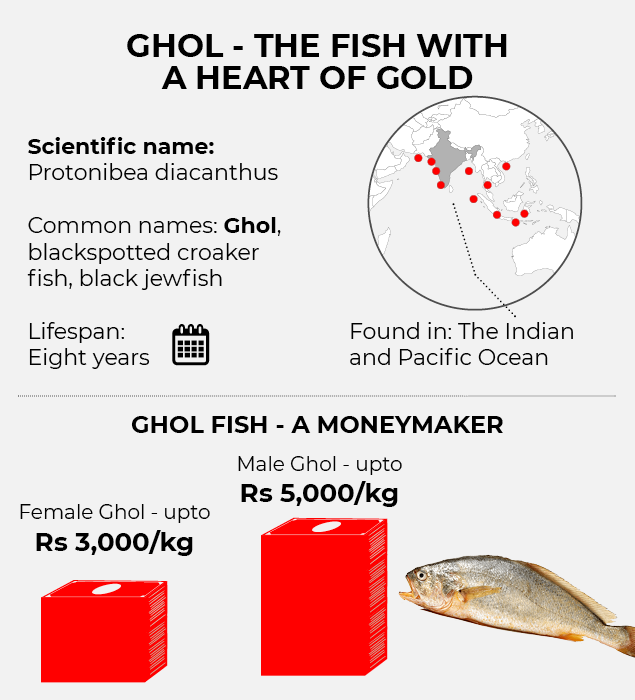
Ghol Fish | Indo-Pacific region
Namdapha Flying Squirrel
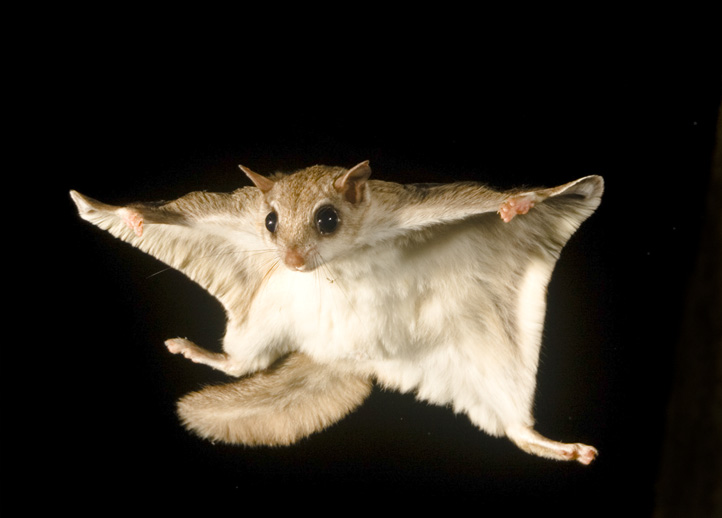
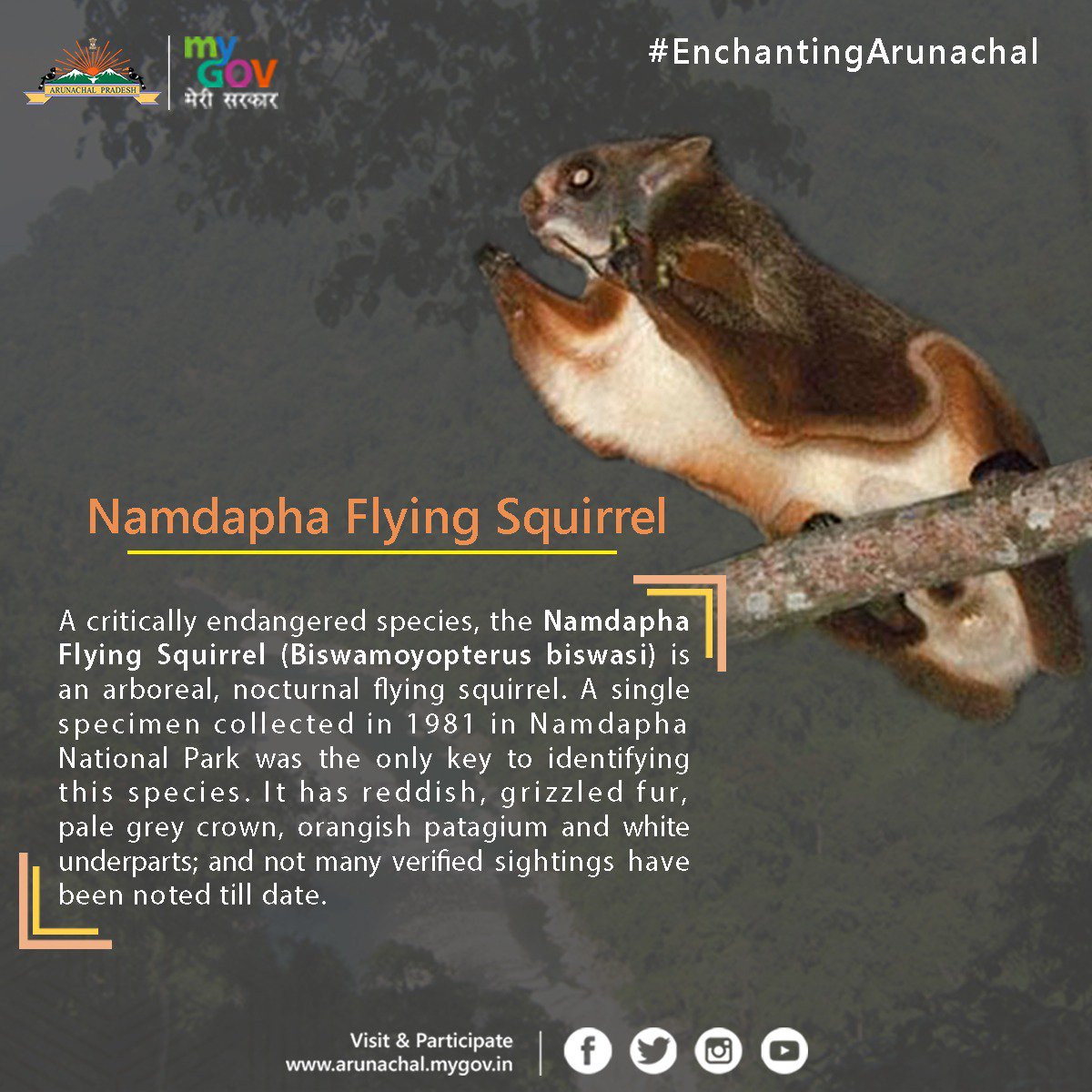

Namdapha Flying Squirrel | Namdapha National Park
WHY IMPORTANT?
A Namdapha flying squirrel was seen recently in Arunachal Pradesh after being missing for 42 years.
- It is Critically Endangered in the IUCN list and is under Schedule II of the Wildlife Protection Act.
- Found in the Namdapha National Park, Arunachal Pradesh, it was listed in the “Search for Lost Species” initiative.
- Their habitat includes tall Mesua ferrea jungles on hill slopes in the catchment area of the Dihing River.
- They are incapable of flight like birds, and instead, they glide between trees.
Dancing Frogs

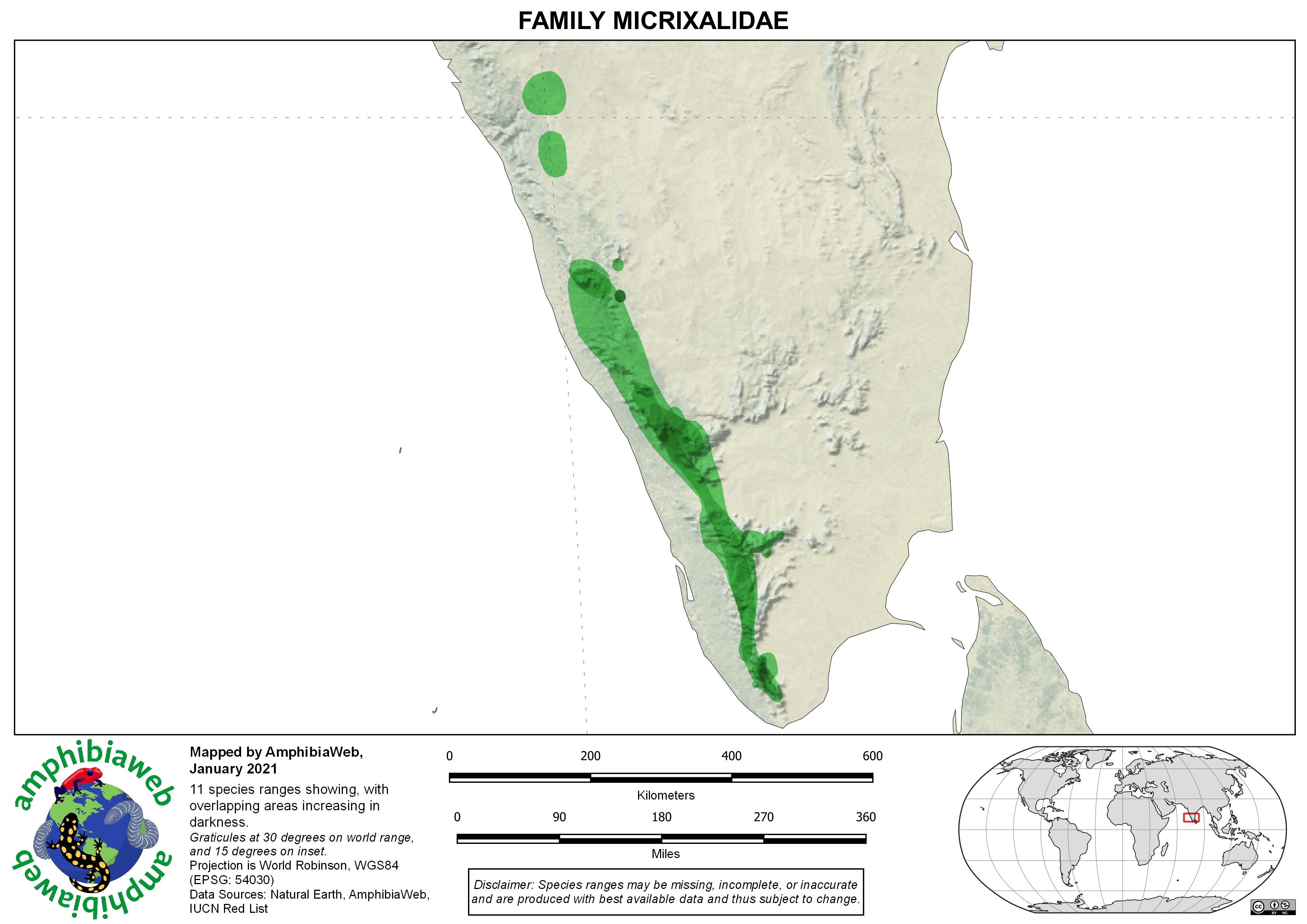
Kottigehar Dancing Frog | Western Ghats
WHY IMPORTANT?
Dancing frogs of the Western Ghats are considered one of the most threatened amphibians.
- The scientific name of the Kottigehar Dancing Frog is Micrixalus kottigeharensis.
- For mate calling, males stretch up their hind legs and wave their webbed toes in a rapid motion akin to a dance hence the name
- This process is called “foot flagging”.
- This species is threatened by variations in temperature and humidity, extreme weather events and invasive species like the mosquito fish.
Sangai Deer
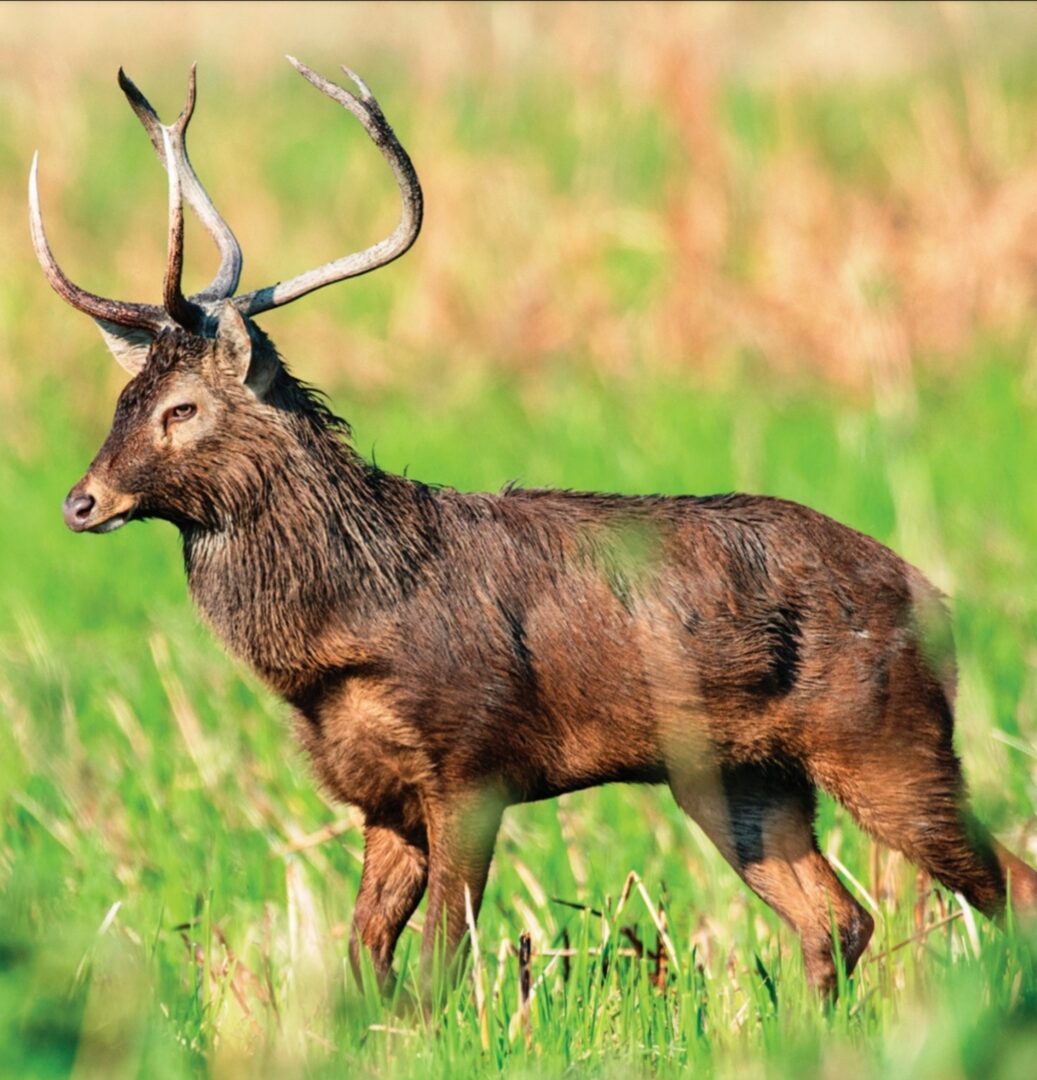


Manipur's dancing deer | Keibul Lamjao National Park
WHY IMPORTANT?
Loktak Lake’s hydroelectric plant in Manipur may affect it.
- Sangai deer is a subspecies of Eld's deer endemic to Manipur.
- It is found only in Keibul Lamjao National Park, which has masses of phumdi using which Sangai crosses the river.
- While maintaining balance on phumdis, the movements created give it the name of ‘dancing deer’.
- The forward protruding beam seems to come out from the eyebrow which gives it the name brow-antlered deer.
